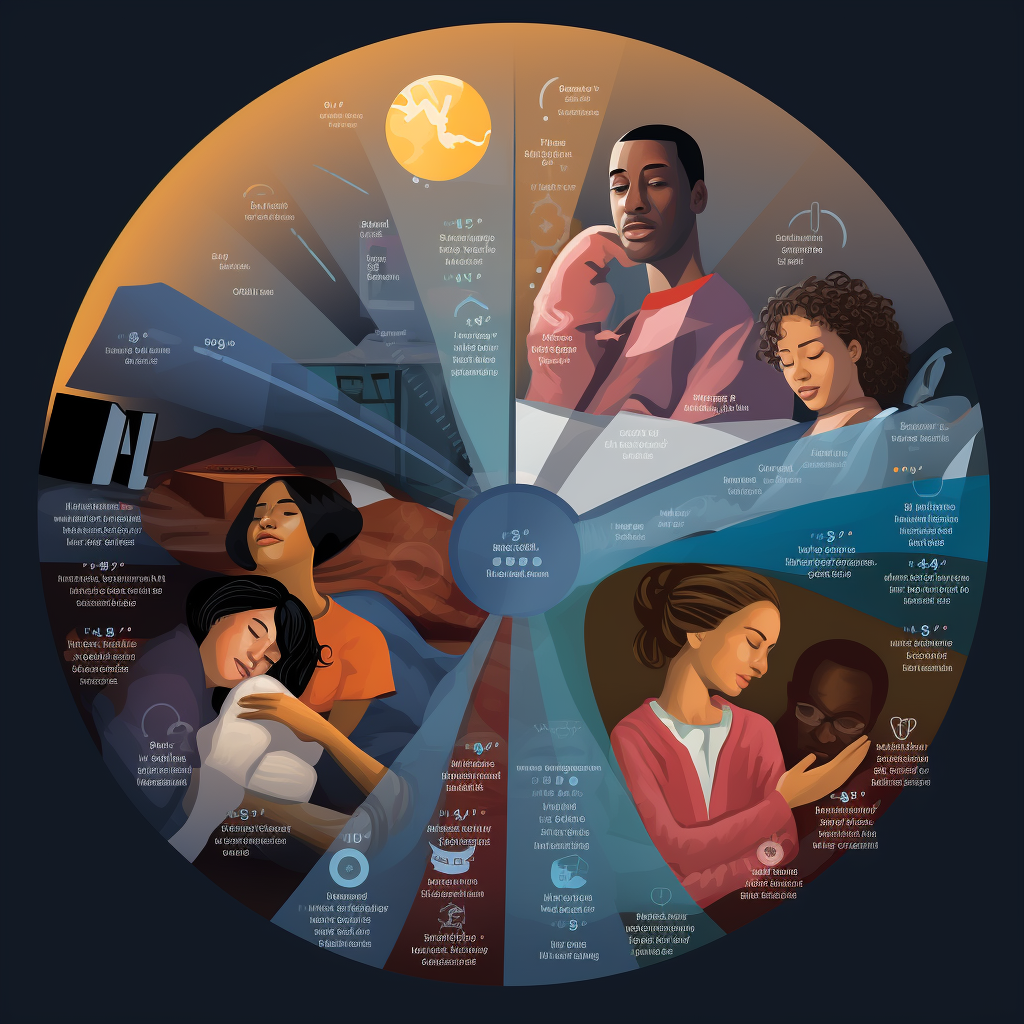This article discusses the changes in sleep patterns with age, common sleep disturbances in older adults, factors influencing sleep quality in different age groups, and strategies to promote healthy sleep as we age, emphasizing the importance of understanding and addressing sleep needs for overall well-being.
Sleep Patterns and Aging: Understanding Changes in Sleep Needs and Promoting Healthy Sleep as We Age.
As we age, our sleep patterns and needs naturally undergo changes. This article delves into the topic of sleep patterns and aging, exploring the common sleep disturbances experienced by older adults and the factors that influence sleep quality in different age groups. Discover effective strategies to promote healthy sleep as we age and improve overall well-being.
Changes in Sleep Patterns with Age
As individuals age, several changes in sleep patterns occur, including:
- Decreased total sleep time
- Fragmented and lighter sleep
- Shifting sleep-wake cycle
- Increased prevalence of sleep disorders
Understanding these changes helps us address the specific sleep needs of older adults and promote better sleep health.
Common Sleep Disturbances in Older Adults
Older adults commonly experience sleep disturbances, such as:
- Insomnia: Difficulty falling asleep or staying asleep
- Sleep apnea: Pauses in breathing during sleep
- Restless legs syndrome: Uncomfortable sensations in the legs
- Periodic limb movement disorder: Involuntary leg movements during sleep
Recognizing these disturbances is crucial for effective intervention and improved sleep quality.
Factors Affecting Sleep Quality in Different Age Groups
Various factors influence sleep quality in different age groups, including:
- Physical health conditions
- Medications and their side effects
- Psychological factors (stress, anxiety, depression)
- Lifestyle choices (diet, exercise, alcohol, caffeine)
- Environmental factors (noise, temperature, bedroom environment)
Addressing these factors can significantly improve sleep quality and overall well-being.
Strategies to Promote Healthy Sleep as We Age
To promote healthy sleep as we age, consider the following strategies:
- Maintain a consistent sleep schedule
- Create a sleep-friendly environment
- Practice relaxation techniques
- Engage in regular physical activity
- Limit stimulants and create a wind-down routine
Implementing these strategies can optimize sleep quality and enhance overall health and well-being.
Conclusion:
Understanding the changes in sleep patterns and needs as we age is essential for promoting healthy sleep and well-being. By recognizing the common sleep disturbances in older adults, considering the factors influencing sleep quality in different age groups, and implementing effective strategies, we can improve our sleep as we age and experience the rejuvenating benefits it brings.





